When it comes to 3D, the first thing that comes to mind is the 3D movie in the cinema or the current popular new 3D TV,and large led display screen(3D LED type) does not appear.Their realization principle is also very simple. It is a movie that can produce a stereoscopic effect by using the difference in the viewing angle and the convergence function of the human eyes. The first appeared in 1922.
When this kind of video is projected, two pictures are superimposed on the screen. Through the audience’s special glasses or the radial semi-conical lens grating in front of the screen, the audience can see the picture taken from the left perspective with their left eye and the picture taken from the right perspective with their right eye. , through the convergence function of the eyes, it is synthesized into a stereoscopic vision image.
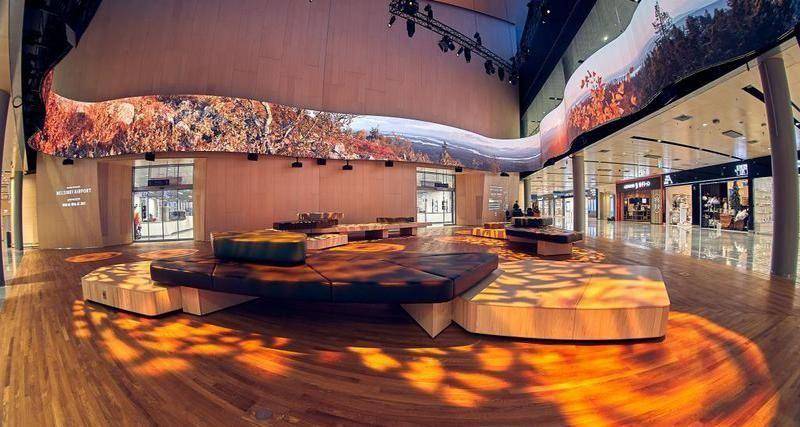
In the 1950s, when black-and-white film and black-and-white television switched to color, the transition from 2D to 3D was a natural process. Whether it is artificial intelligence or VR technology, judging from the current trends, they all convey this message extremely accurately: people are no longer satisfied with receiving information from enterprises unilaterally, but are more inclined to participate in it.
As many young fashionable people say, we want not only the result, but also the process with a stronger sense of participation.
Let’s first look at the technologies and types of 3D displays:
fully immersive
These are standard fully immersive virtual reality displays. These stereoscopic displays are combined with sensors to track position and orientation. They completely block the user’s view of the outside world like in the book Ready Player One.
Optical see-through type
In “optical see-through glasses”, users can view reality directly through optical elements such as holographic waveguides and other systems that allow graphic overlays in the real world. Microsoft’s Hololens, Magic Leap One, and Google Glass are recent examples of optical see-through via smart glasses.
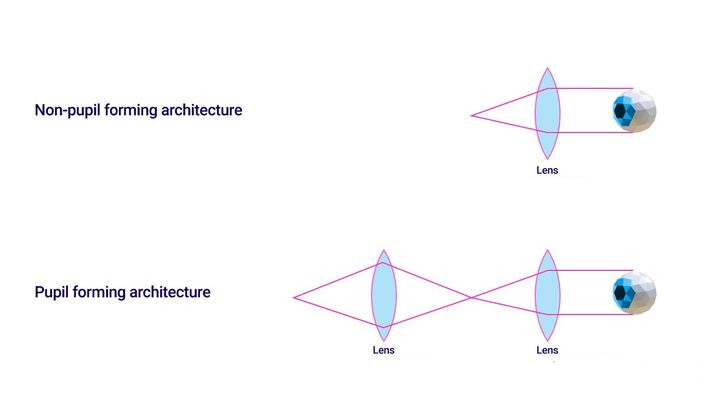
video perspective
With these smart glasses, users can view real-world images first captured by a camera or two mounted on the display. These camera views are then combined with computer-generated images for the user to view. The HTC Vive VR headset has a built-in camera and is often used to create AR experiences on the device.
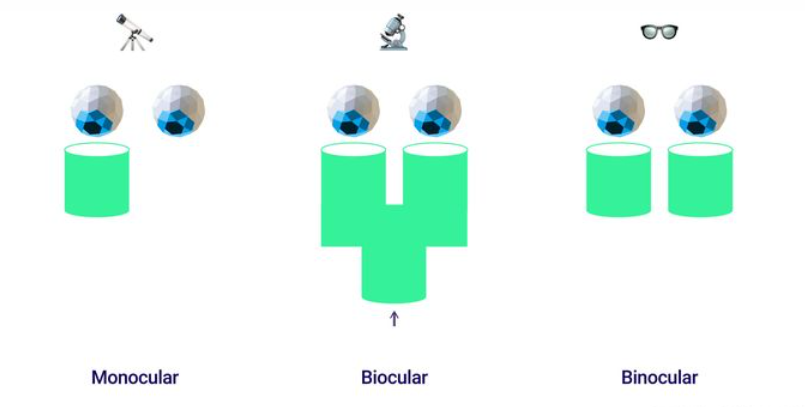
These visual effects follow a design concept called waveguide:
A waveguide, which is a physical optical structure designed to bend light into the human eye. This is used for internal reflection and control of light in and out, and there are four designs of waveguide structures in the industry.
Holographic Waveguide
This is a fairly simple type of waveguide in optical components, eg used for coupling (in) and out (out) through a series of internal reflections. This type is used in Sony’s Smart Eyeglass.
Diffractive waveguide
Precise relief surface relief gratings are used to achieve internal reflections for seamless 3D graphic overlays through the display. These waveguides are used in many Vuzix display devices and Microsoft’s Hololens.
polarized waveguide
Light enters the waveguide and undergoes a series of internal reflections through the partially polarized surface. The selected light waves cancel out (polarize) and enter the viewer’s eye. This method is used by Lumus DK-50 AR glasses.
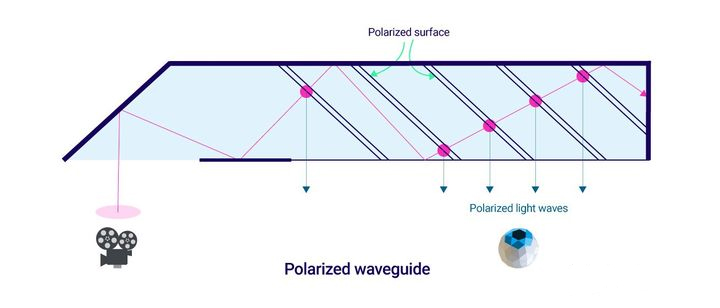
Reflective waveguide
This is similar to a holographic waveguide, where a single planar light guide is used with one or more half mirrors. Such waveguides can be seen in both Epson’s Moverio and Google Glass.
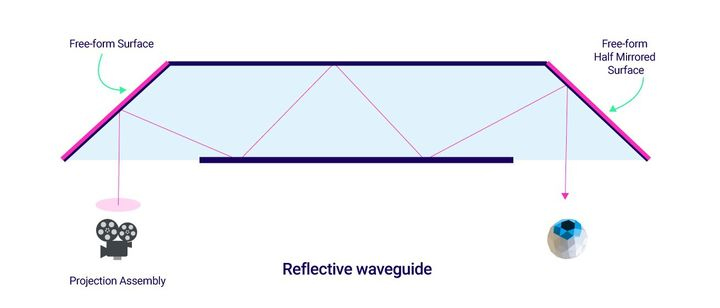
Virtual reality is a whole new type of 3D rendering. This technology has received a lot of attention recently. Many people have already experienced virtual reality headsets, and more people will be able to experience the technology in the coming years.
Instead of filtering content from an external screen, VR headsets generate images of their own eyes and present them directly to the corresponding eyes. VR headsets typically contain two microdisplays (one for the left eye and one for the right eye), and their realistic avatars are optically magnified and adjusted and displayed in a specific location in front of the user’s eyes.
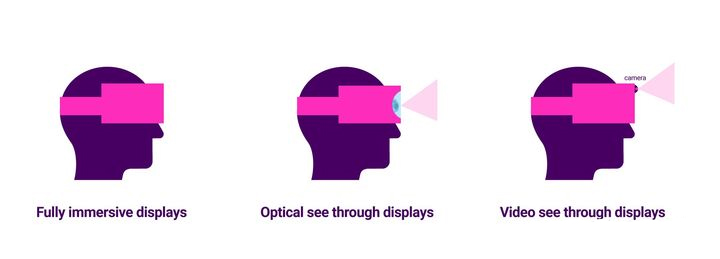
Through the same principle, we can know that if the resolution of the display device is high enough and the hardware device is large enough (such as an LED electronic display), the magnification ratio of the image will be higher, so that the user will see a wider field of view , and the immersive experience will be better. Likewise, augmented reality headsets are becoming more commonplace. Augmented reality technology can merge the digital world with the real world.
The following picture is a 3D display screen shot by a mobile phone when the LED display engineer is debugging. The actual effect can only be viewed and appreciated with the help of special eyes.
Immerse yourself in every action of the diamond cutting; see the mouth-watering delicacies flying; witness the long-legged Oppa walking towards you with a smile in the advertisement. This immersive feeling has actually been reflected in the previous LED sky screen and floor tile screen. For specific examples, you can click here to view.